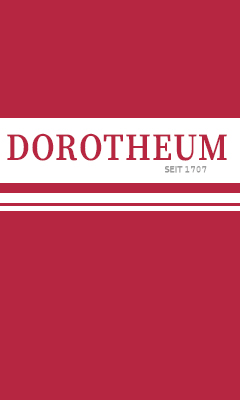Order of the Red Eagle, Type III, II Class Cross
SKU: 01.PRU.0105.103.01
Estimated market value:

Estimated market value:
Attributes
History
The Order of the Red Eagle was originally founded by Margrave Georg Wilhelm of Brandenburg-Bayreuth as the Ordre de la Sincerité. The order quickly fell into disuse but was revived in Brandenburg-Bayreuth in 1712. It was revived again in 1734 in Brandenburg-Ansbach and renamed the Order of the Brandenburg Red Eagle.
In 1777, the Order name was changed to the Order of the Red Eagle.
From 1777 to 1792, the order only had one grade with a maximum of 50 members. The list provided to the king in 1792 claimed four princes, twelve knights in the chapter, as well as 32 knights and noble knights, totalling 40 members.
The Kingdom of Prussia absorbed the principalities of Brandenburg-Bayreuth and Brandenburg-Ansbach in 1791, and in 1792, King Friedrich Wilhelm II of Prussia redesigned the order as a Prussian Royal Order.
The Order of the Red Eagle was the second most prestigious order in the Kingdom of Prussia, after the High Order of the Black Eagle. The Order of the Red Eagle was a prerequisite to the Order of the Black Eagle. In 1792, it was determined that Knights of the Order of the Black Eagle would wear the Red Eagle neck decoration.
The shape of the cross on the star was changed in 1792, along with the ribbon - two white edges were added to the two orange stripes. At this time, all living Knights were to exchange their medals for the new style.
In 1810, King Friedrich Wilhelm III made changes to all Prussian orders. The Order of the Red Eagle was expanded into three classes, I Class Cross with I Class Breast Star, II Class Cross, and III Class Cross. At this time, the II Class and III Class were the same size; in 1817, the III Class was made smaller. A gold and silver medal were also associated. From 1810 onward, the order grades could be awarded with diamonds.
In 1811, surmounting oak leaves could be added to the I Class Cross and II Class Cross. The oak leaves were an indicator that the recipient had already been awarded a lower order grade. For instance, recipients of the II Class Cross who had already received a III Class Cross were conferred the II Class Cross with Oak Leaves. The same rule applied to I Class Cross recipients who had already received the II Class Cross or III Class Cross.
In 1830, the II Class Breast Star and the IV Class Cross were added to the order. In 1832, the bow to the III Class was created to signify the recipient had previously been awarded the IV Class.
In 1833, the General Service Cross was promoted into the order as the IV Class.
In 1842, the Medal of Merit was added to the order.
In 1848, swords were created for the order, and awarded for merit during war. If a recipient was promoted to a higher grade, but had previously received swords to their lower grade, the swords would be added to the ring of the higher grade. The swords could also be added to the star above the centre medallion.
In 1850, crowns and scepters were awarded to a few recipients who aided in the suppression of the 1848/1849 revolutions. Non-Christian awards were introduced in 1851, as well as a special jubilee number to be worn on either the oak leaves or the bow, as a plaque on the decoration itself, for 50 years of service.
The order statutes were amended again in 1861, resulting in the addition of the Grand Cross with Grand Cross Breast Star.
Throughout the latter half of the 19th century, there were many examples of the Order of the Red Eagle being worn on ribbons of different orders when a recipient had received multiple awards.
The motto of the order, SINCERE ET CONSTANTER, translates to “sincere and unwavering”.
Until 1818, the II and III Class Crosses were roughly the same size and were only distinguishable by how they were worn by the recipient.
The II Class Cross was awarded for the first time in 1812. Prussian order lists state that in 1817 there were 264 living bearers, and in 1825 there were 340 living bearers. The II Class Cross with Diamonds was awarded twice, to Von Ganz, Imperial Councilor (1823) and Bielke, Upper Stable in Saxony-Weimar (1829).

Versions
$4,850 USD
Gold/Enamelled
Rev: FW
47x47.5mm
$8,500 USD
Gold/Diamonds/Enamelled
Rev: FW
48x48mm
This version was awarded once in 1823 and in 1829. It is believed the diamonds are located around the centre medallion and on the suspens...
$5,300 USD
Gold/Enamelled
Rev: FW
48mm


Comments
Sign in to comment and reply.


Scroll Top